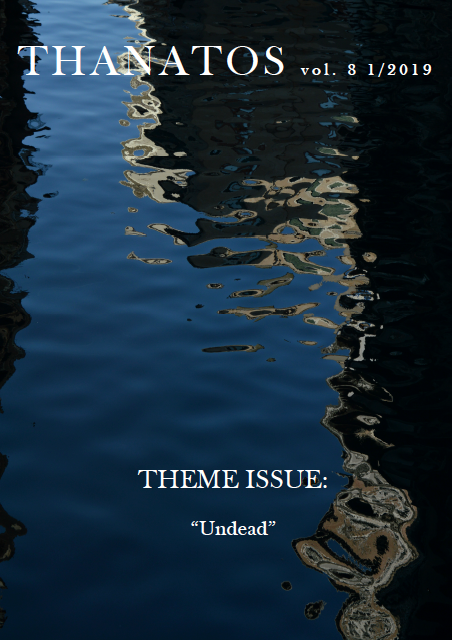The Evolution of the Vampire in Popular Narrative from the Nineteenth Century to the Present
Abstract
The vampire is one of the most powerful and enduring archetypes handed down to us by nineteenth-century literature, and remains, arguably, the most popular manifestation of the undead in popular culture. Perhaps more than any other monster, the vampire is a reflection of humanity. As Nina Auerbach says in her seminal work, Our Vampire, Ourselves, every generation creates its own vampire. Vampires embody our deepest fears and wildest desires, they represent the past that refuses to remain buried, our anxieties in the face of unavoidable social change and our fear of social and ethnic Others. They are signifiers that expose what we wish to conceal. Some vampires seem to uphold the status quo and a rigid patriarchal system, others defy the social and moral orders by freeing repressed desires and latent sexualities and by embodying in their very being all that is hated and suppressed by socio-normativity.
This paper will examine the evolution of the vampire in popular narrative, discussing its function and the way the figure has changed with the changing political and social climates, according to the needs of each culture that created, recreated and reinvented it. It will analyse the diverse roles that the vampire has played through the best part of two centuries by looking at a diversity of literary texts, films and television series that have made significant contributions to the development and continuing relevance of the vampire, from John Polidori’s The Vampyre to Bram Stoker’s Dracula to the cinematic contributions of Murnau, Dreyer and the Hammer Studios up to the late twentieth and early twenty-first centuries with the works of Anne Rice, Stephen King, Joss Whedon’s cult television series Buffy the Vampire Slayer and Angel, the Twilight saga, and more recent films such as Only Lovers Left Alive and A Girl Walks Home Alone at Night.
Downloads
Published
Issue
Section
License
Copyright (c) 2023 Charmaine Tanti

This work is licensed under a Creative Commons Attribution-NonCommercial-NoDerivatives 4.0 International License.





